Discover The Tiled Kiosk, Istanbul
Discover The Tiled Kiosk, Istanbul
Museum of Tiled Kiosks
For a brief period from 1875 and 1891, it was utilized as the Imperial Museum (Ottoman Türk: Müze-i Hümayun, Turkish: mparatorluk Müzesi). Opening to the public in 1953, it subsequently became part of the Istanbul Archaeology Museums. The pavilion, which currently houses the Museum of Islamic Art, includes numerous specimens of znik tiles and Seljuk ceramics. Approximately 2000 pieces of art are housed at the museum and its storage facilities.
This building has been used as a museum since 1891, when the antiquities within were moved to the present Archaeology Museum of Istanbul. Aside from being an important part of Turkish museum culture, it also served as a symbol of the Sultan of the Ottoman Empire, with its architecture having various symbolic connotations.
Cinili Kosk was home to the first museum of the Ottoman Empire, the "Muze-i Hümayûn." However, during the kiosk's transition into a museum, its original structure was severely damaged. It is possible to trace the modifications and reconstructions that the building had experienced from this moment forward up to the beginning of 20th century via the archives, despite the fact that there are only a few records connected to its history.
Tiled Kiosk's History
Inscriptions on the tiles above the main entrance date the Tiled Kiosk (Turkish: Cinili Kosk) to 1472. A pleasure palace or kiosk, it was constructed by the Ottoman Sultan Mehmed II in the early 19th century. Next to the Gülhane Park, it's situated in the palace's furthest reaches. They dubbed it Glazed Kiosk (Sirca Kosk).
Despite its Greek cross-shaped design and two stories, the building is only visible from the main entrance since it spans a declivity and only one level is visible. Especially the Bibi-Khanym Mosque in Samarkand may be seen in the outside glazed brickwork. According to architectural theory, a square, axial design depicts the world's four corners and reflects the Sultan's global power and sovereignty
An unknown Persian architect is credited with designing this structure because of its lack of Byzantine in Istanbul influence. Typical of Persia are the stone-framed bricks and polygonal columns. The basement is accessed by a wrought-iron gate. Above this gate, two flights of steps lead to a colonnaded roofed terrace. 18th century reconstruction of this portico. To the vestibule and subsequently to a loftily domed court, the big entrance, encircled by a tiled green archway, leads. Apsidal-shaped middle apartment is the largest of the three royal apartments.
The Bosphorus can be seen from these flats. In fact, the ribbed vaulting, which seems like it belongs in a Gothic revival building, actually adds weight to the structure rather than supporting it. Blue Mosque tiles and white tiles are placed in Bursa-style hexagons and triangular shapes on the wall. Flowers, leaves, clouds, and other abstract shapes may be seen in some. The white plasterwork is done in the Persian style, and it's very beautiful. Eyvans, vaulted recesses on one side of the domed court, may be found on both sides of the domed court.
Today, Tiled Kiosk is one of the most important historical places in Istanbul with its amazing history and culture behind.
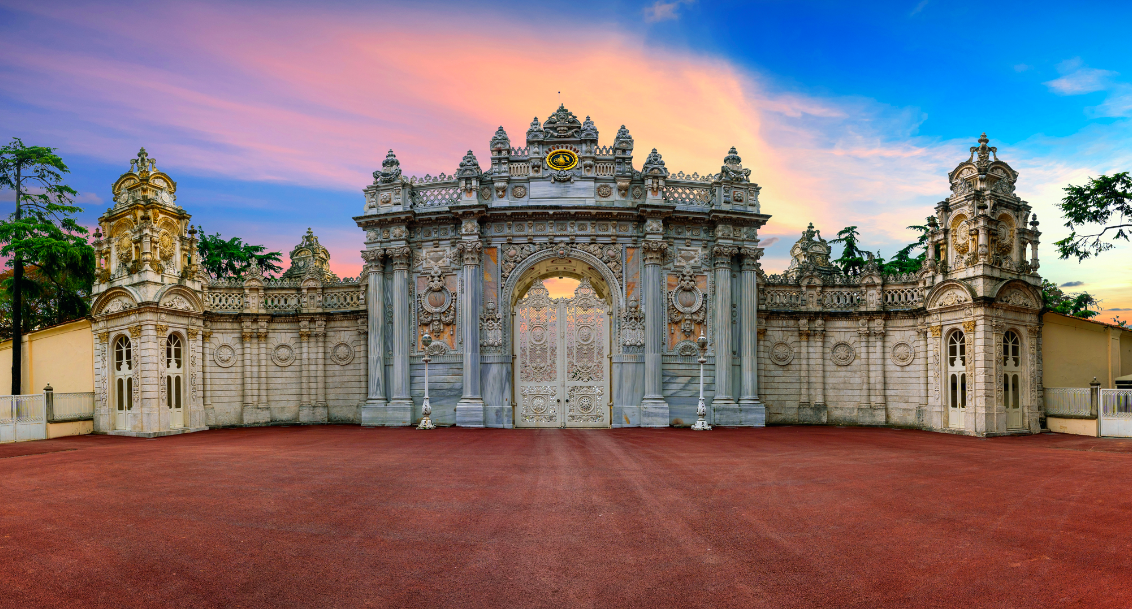

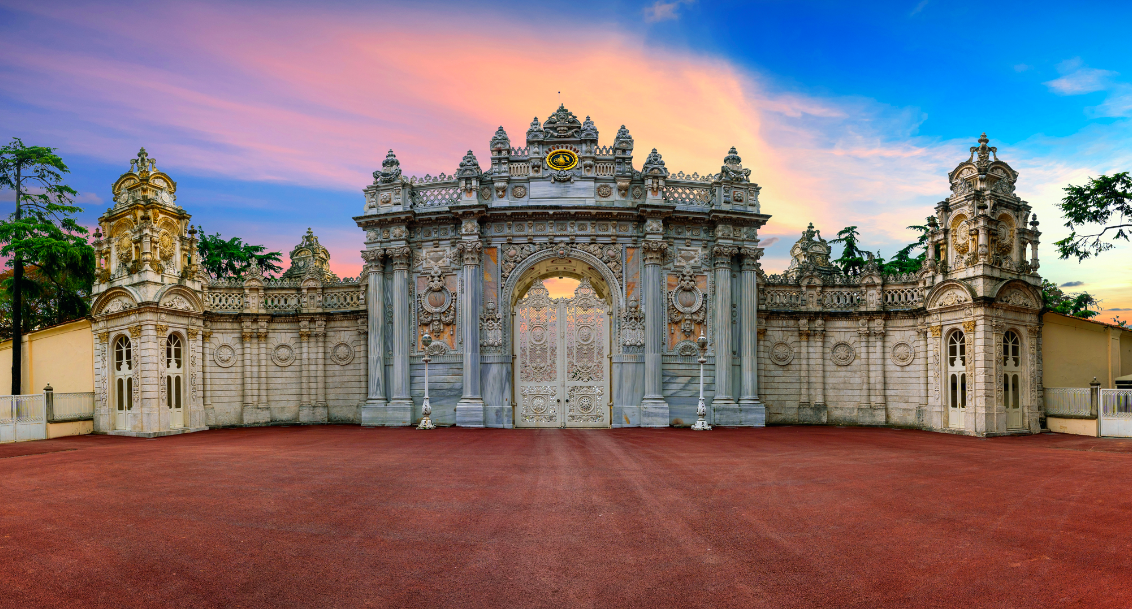


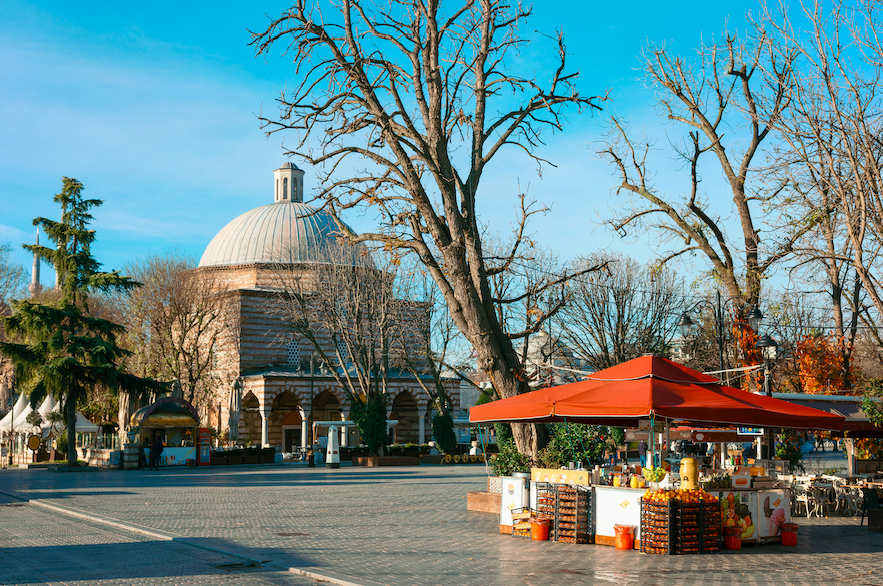
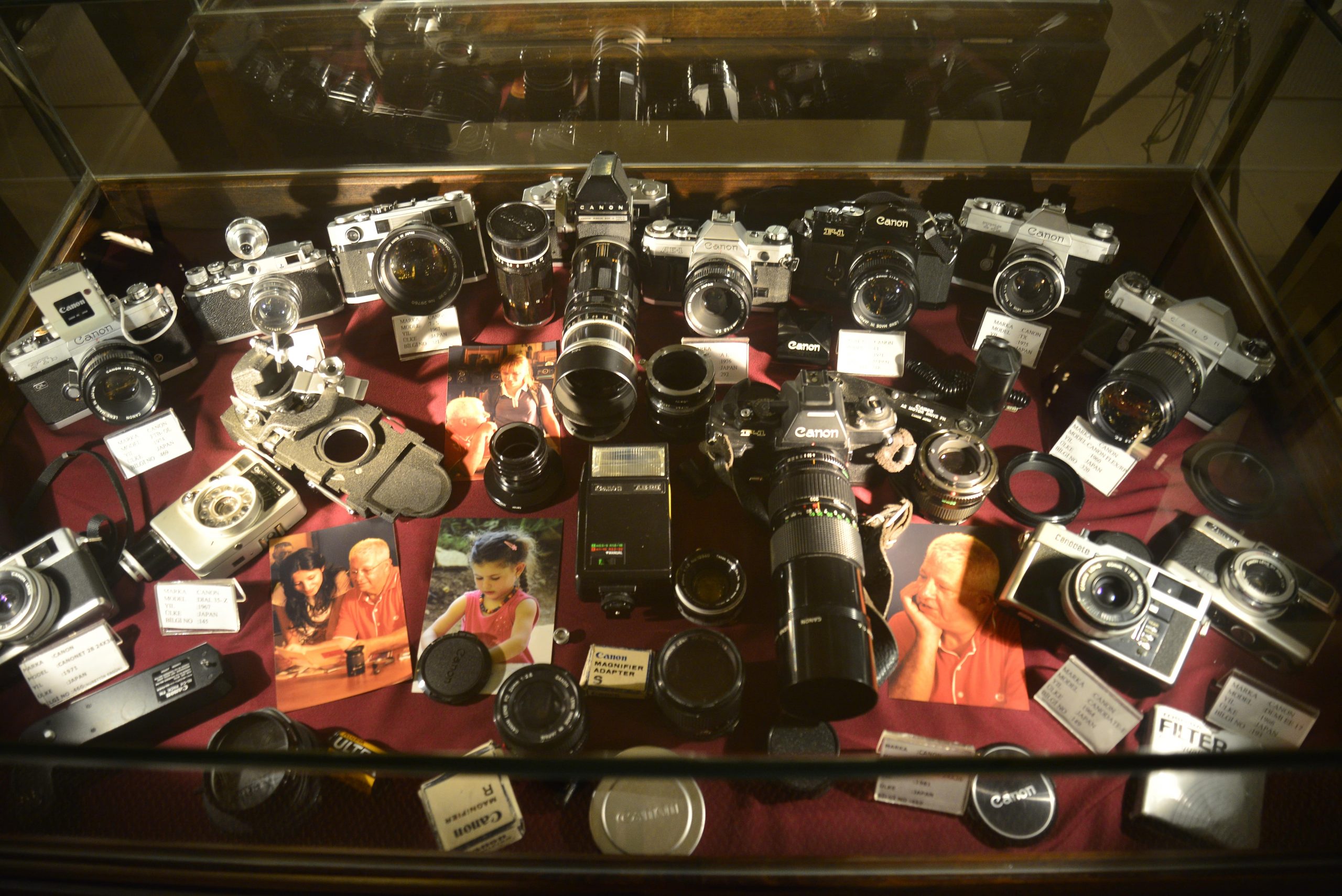


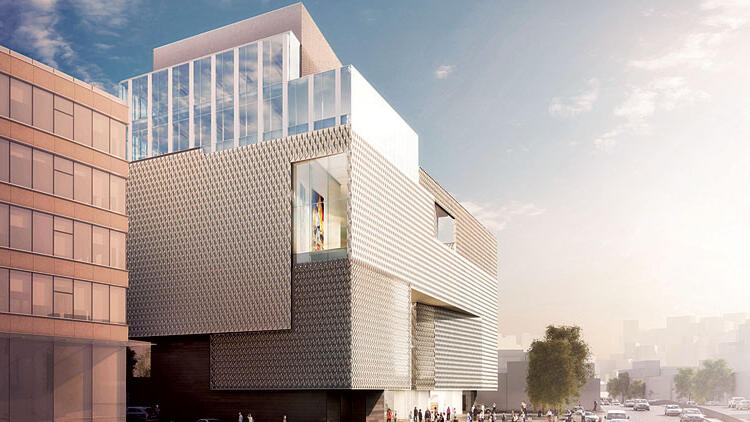
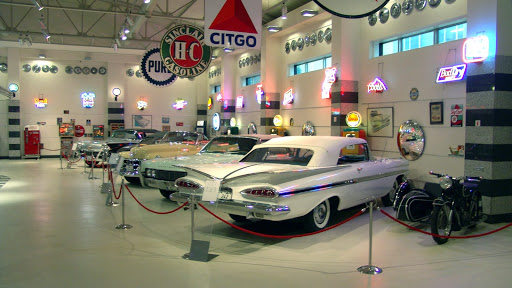



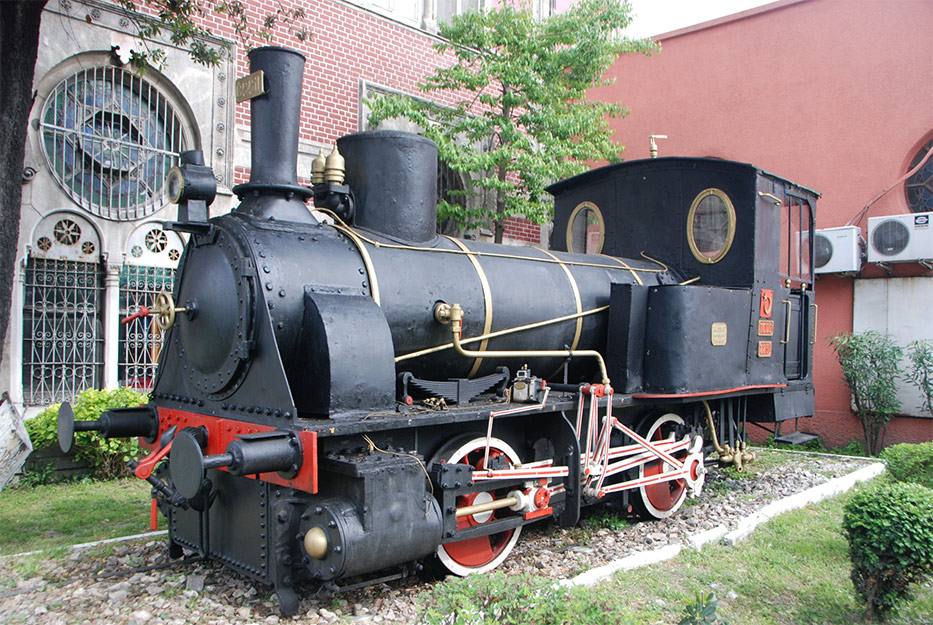









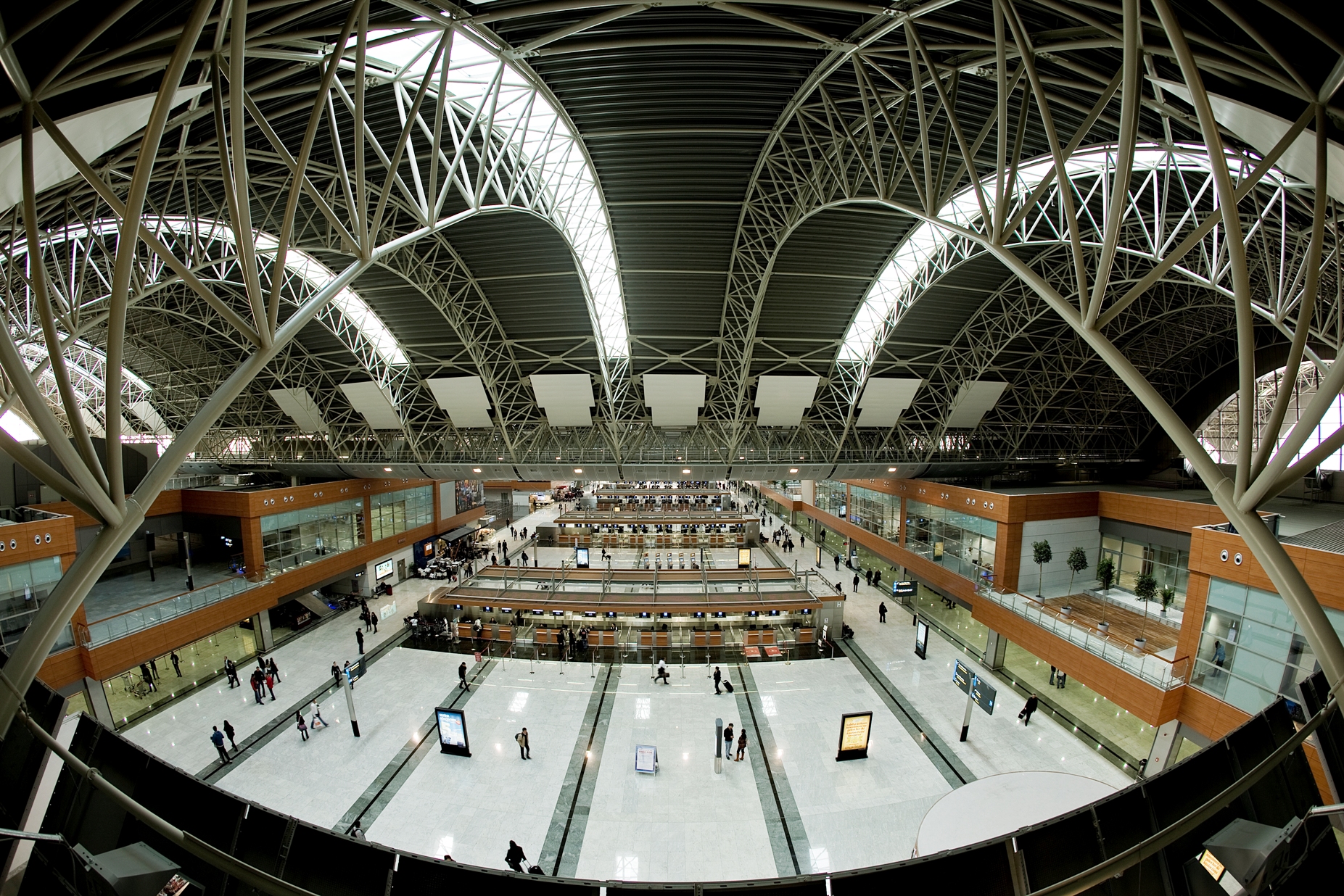


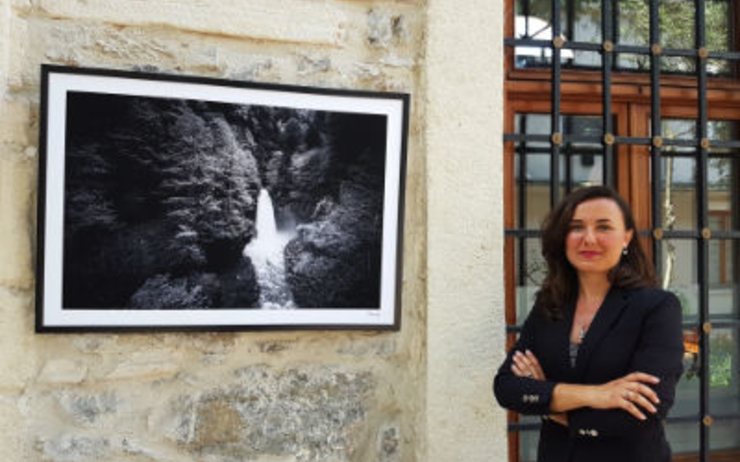
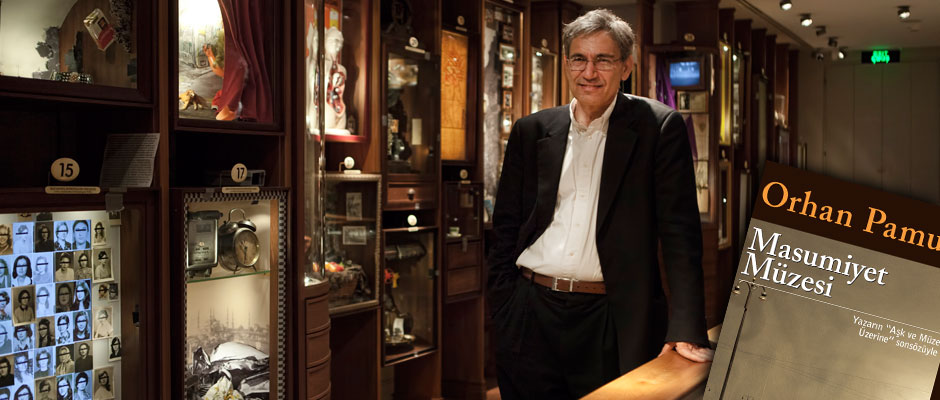


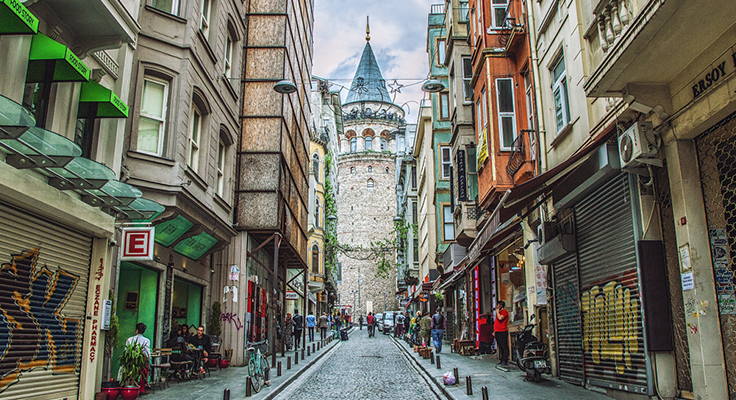

More posts by Gokce Nacar